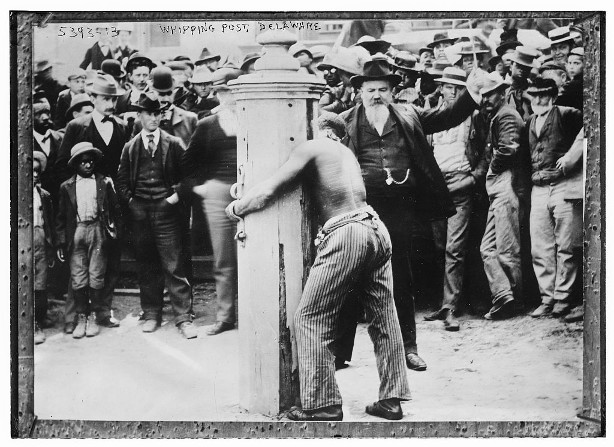

Undated picture of nearby Delaware from a group dating between 1900 and 1910 (more).The proposal to re-name Cantrell Avenue to Martin Luther King Way in Harrisonburg Virginia and opposition to it citing a desire to preserve 'history' has prompted community self-examination.
This site collects historical evidence that sheds light on an aspect of local history at the time of the original one block street naming.
The evidence from 1903 to 1907 documents hostile rhetoric toward African Americans and those advocating for their rights. The rhetoric condoned violence, including threats of death and defense of lynching.
He was not elected, but was widely seen as very influential. According to the Richmond Dispatch April 27 1902,
"Talfourd N. Haas, attorney at law, personally has no objection to the proclamation of the Constitution, but the Democratic party of the State having pledged their convention nominees to vote for submission to the present electorate-- he would regard the violation of that pledge as improper and dangerous."Interestingly:
"The white electorate in the county is pretty evenly divided between the two parties, and the colored vote as such has never cut a large figure, except in the town of Harrisonburg, where it holds the balance of power."The constitution was adopted without being put to a popular vote. background
The Jim Crow constitution in question was challenged by John Wise and James Hayes. This is how the Rockingham Recorder, later merged with the Daily while professing it would not change its editorial stance and eventually bought by the Byrd family, opined about the efforts of Wise and Hayes: Exterminate.
It cited with approval an editorial position from neighboring Staunton that was a thinly veiled death threat: Taken care of.
The same paper threatens an "outpouring of righteous wrath upon the head" of any man (President Roosevelt, who later beefed up his security detail) who "thrust upon the people of any community a public officer who is utterly distasteful [in this case, Black] to them": Wrath.
This group of clipping from the same page captures more local climate
resonating with national incitement:
Commending lynching after death threat to
Roosevelt and defense of the disfranchisement conditions in the 1902
constitution, upheld by the Supreme Court in the same
issue: Learn his lesson
More sarcasm on lynching.
An account of the lynching 100 years before, of a man named Will. Their comment on what must have been the horror of the sight was to say the court was able to see it was an effective "deterrent to crime." :Gruesome spectacle.
The case was heard by Judge Talfourd N. Haas. Barbour Documents.